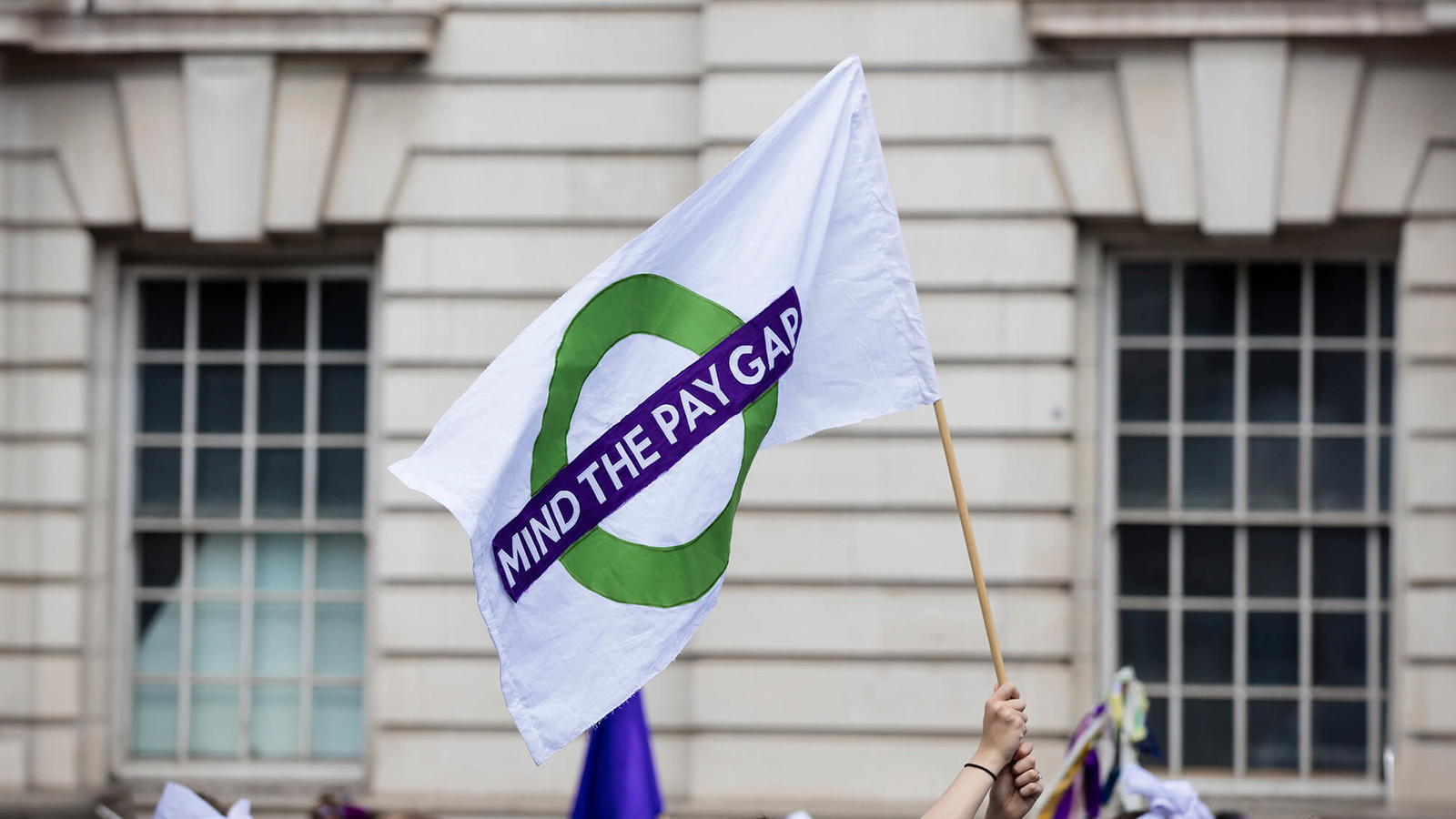
Why Does the Gender Wage Gap Persist — and How Can We Fix It?
Research shows the harmful impact of myths regarding motherhood, education, and professional agency.
Based on research by Shannon Cheng, Abigail Corrington, Mikki Hebl, Linnea Ng, and Ivy Watson
Research shows the harmful impact of myths regarding motherhood, education, and professional agency.
- Despite progress, women in the U.S. are paid 80 cents for every dollar paid to men (on average).
- Common myths perpetuate the gender wage gap and unfairly blame women for their own economic disenfranchisement.
- There are tangible steps we can take to achieve pay equity — among the two most important: destabilize harmful myths and promote male allyship in the workplace.
Gender wage discrimination remains a stubborn problem in the United States. On average, women are paid only 80 cents for every dollar paid to non-Hispanic white men, and far greater gaps persist for Latina, Black, and Native American women. Despite progress in recent decades, we have a long way to go on this issue. At the current rate, pay inequity will persist until the distant year of 2152.
What keeps us from bridging the wage gap?
In a peer-reviewed commentary regarding research that examines workplace victim-blaming, Rice University professor Mikki Hebl and former Rice Ph.D. students Shannon Cheng, Abigail Corrington, Linnea Ng and Ivy Watson interrogate the role victim-blaming plays in perpetuating the gender wage gap. According to Hebl and her team, harmful myths regarding women’s relation to the workplace cloud our understanding of why the wage gap exists to begin with. To combat the problem, they say, we must first identify and debunk such misconceptions. And then, organizational leaders must take tangible steps to implement nondiscriminatory practices.
Here are a few of the victim-blaming myths Hebl and her team attribute to the persisting gender wage gap:
Myth: Motherhood drives women to leave the workforce.
This idea doesn’t hold up under scrutiny. In 44% of families, women are breadwinners, and 75% of single mothers are sole breadwinners. On top of workplace labor, women also spend more time on service-related activities than men and an average of 65 more minutes per day on childcare and household maintenance. Moreover, mothers often face forms of workplace discrimination that fathers simply do not. The more prominent causes of women’s decision to exit are unrelated to motherhood, such as limited career opportunities and unsatisfying work environments.
Myth: Women work in less lucrative professions.
There certainly are male and female-dominated industries. But this myth suggests that women willingly opt for lower-paying careers. It also implies that some professions do not have a problem with wage inequity. But the pay gap persists across professions, and at every level. Even in female-dominated professions, women are paid less than men who share the same level of experience.
Myth: Women don’t have as much education or experience as men, and they don’t ask for what they want.
Women now hold more college and graduate degrees than men, but they continue earning less. And as women and men gain career experience, the gender pay gap widens. Indeed, the gap is largest at the executive level. In terms of women’s experience with promotions and salary increases, stereotypes and gender biases make it challenging for them to secure equal pay for equal work. Men and women are both inclined to ask for what they want, but salary negotiations often do not yield the same results for women as for men.
Victim-blaming myths like these prevent us from making progress on the issue of pay inequity. We must actively debunk them. But just as importantly, researchers argue, company leaders must put energy and resources toward addressing the problem.
Beyond deflating misconceptions about women and work, how can we change the status quo? Based on research, Hebl and her team offer these actionable strategies and suggestions:
- Identify and remove barriers to pay equity (e.g., hold focus groups with women in the organization).
- Provide equal growth opportunities (e.g., offer equal access to mentorship).
- Strive toward work/life balance (e.g., subsidize or create on-site childcare).
- Ensure nondiscriminatory policies (e.g., publish compensation ranges).
- Promote male allyship (e.g., men in positions of influence advocate for equity).
This final strategy stands out as perhaps the most intriguing. It seems obvious to implement nondiscriminatory policies like transparency about promotion criteria. Such policies are essential for bridging the wage gap and building a culture of trust.
But what role, according to research, do male allies play in effecting a major societal and organizational change? At the very least, men can help debunk the myths that Hebl et al. describe. But more importantly, research shows that men are more likely to support gender causes when championed by other men. Male allies have immense power in advancing the cause of gender equality, which means their involvement is not just welcome but essential in the pursuit to make one dollar for men equal one dollar for women.
Michelle "Mikki" Hebl is the Martha and Henry Malcolm Lovett Chair of Psychology at Rice University and a professor of management at Jones Graduate School of Business.
To learn more, see: “Victim Precipitation and the Wage Gap.” Industrial and Organizational Psychology, 11.1 (March 2018): 144 – 151. DOI: https://doi.org/10.1017/iop.2017.100.
Never Miss A Story


